Top speed 300 km/h Wingspan 29 m Cruise speed 245 km/h | Range 2,500 km Length 20 m Weight 7,750 kg | |
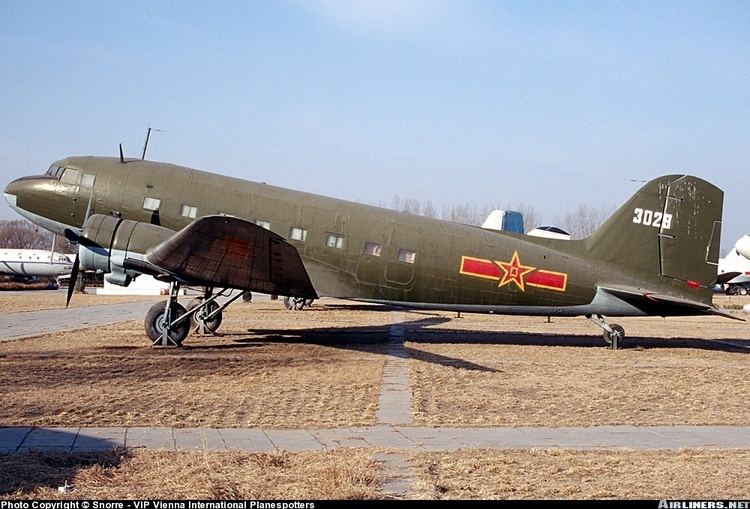 | ||
inflight lisunov li 2 world s only one li 2 able to fly
The Lisunov Li-2, originally designated PS-84, was a license-built version of the Douglas DC-3. It was produced by Factory #84 in Moscow-Khimki and, after evacuation in 1941, at TAPO in Tashkent. The project was directed by aeronautical engineer Boris Pavlovich Lisunov.
Contents
- inflight lisunov li 2 world s only one li 2 able to fly
- Lisunov li 2 mas 2013
- Design and development
- Operational history
- Variants
- Military
- Civil
- Specifications Li 2
- References
Lisunov li 2 mas 2013
Design and development
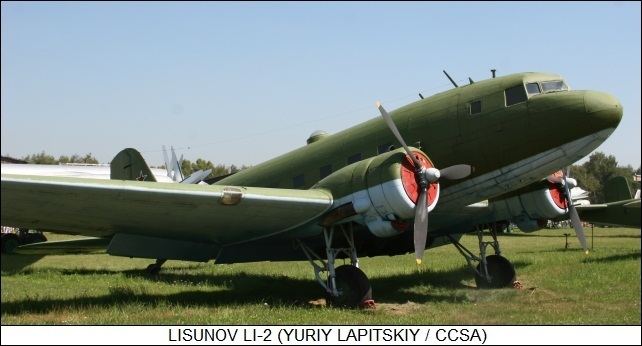
The Soviet Union received its first DC-2 in 1935. Although a total of 18 DC-3s had been ordered on 11 April 1936, the government of the USSR purchased 21 DC-3s for operation by Aeroflot before World War II. A production license was awarded to the government of the USSR on 15 July 1936. Lisunov spent two years at the Douglas Aircraft Company, between November 1936 and April 1939 translating the design. One of the engineers who accompanied him to Douglas was Vladimir Mikhailovich Myasishchev. Design work and production were undertaken at State Aviation Factory 84 in Khimki (now a suburb of Moscow). The Soviet version was given the designation PS-84 - Passazhirskiy Samolyot 84, passenger airplane 84 (i.e. made in GAZ/State Plant No. 84).
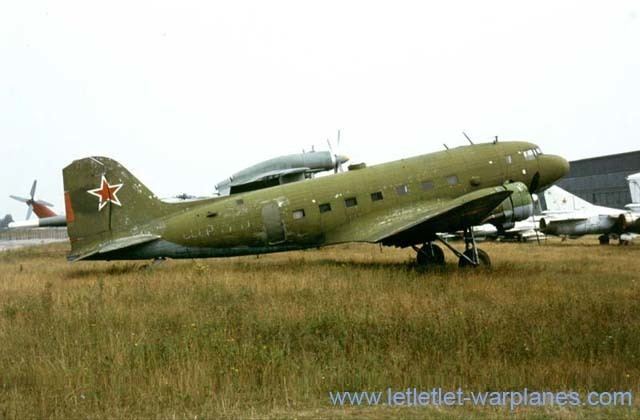
Despite the original intention to incorporate as few changes as necessary to the basic design, the GAZ-84 works had to make some 1,293 engineering change orders to the original Douglas drawings, involving part design, dimensions, materials and processes, most as a part of metrication of the design from U.S. customary units to suit Soviet standards., no small task for Vladimir Myasishchev to accomplish. The well-established Shvetsov design bureau, responsible for the great bulk of the Soviets' air-cooled radial aviation powerplant designs of the 1930-40s, used their Shvetsov ASh-62IR radial engines, a Soviet development of the nine-cylinder Wright R-1820 Cyclone 9 for powering the PS-84 — the same Wright Aeronautical Cyclone 9 radial also powered the earliest Douglas DST "Sleeper Transport" versions and initial 21-passenger versions of the original American DC-3 airliner.
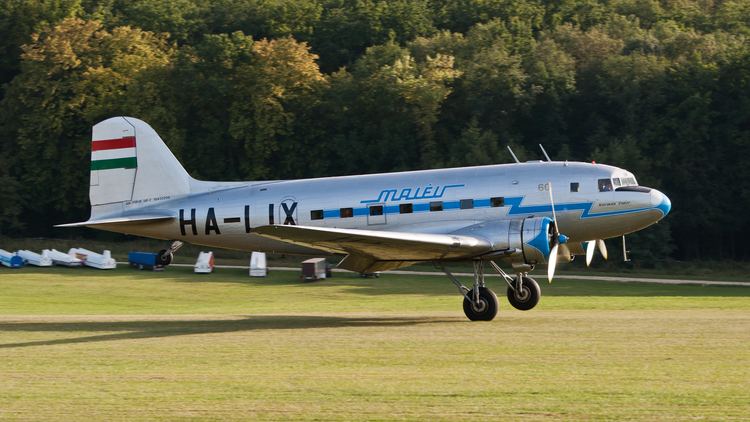
The Russian standard design practice also usually mandated fully shuttered engines in order to cope with the extreme temperatures. A slightly shorter span was incorporated but many of the other alterations were less evident. The passenger door was moved to the right side of the fuselage, with a top-opening cargo door on the left side in place of the original passenger door. The structural reinforcement included slightly heavier skins necessitated since the metric skin gauges were not exact duplicates of the American alloy sheet metal. Standard Russian metric hardware was different and the various steel substructures such as engine mounts and landing gear, wheels, and tires were also quite different from the original design. Later modifications allowed the provision of ski landing gear in order to operate in remote and Arctic regions. The first PS-84s began to emerge from the GAZ-84 production line by 1939.
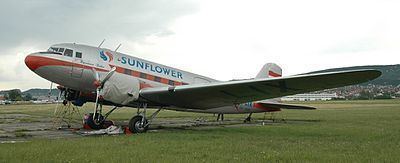
By the time Germany invaded the USSR on 22 June 1941, 237 PS-84s had been built at GAZ-84, all in civil passenger configuration. In response to the invasion, the Kremlin set in motion a plan to relocate much of the industrial capability of the Soviet Union to the East, with production of the Li-2 ending up at GAZ-33 in Tashkent, now the capital of Uzbekistan. After a monumental struggle, the factory was producing PS-84s again by January 1942.
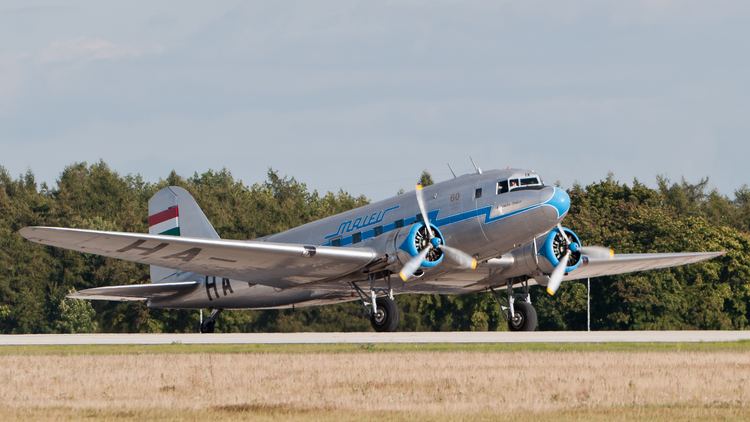
GAZ-124 at Kazan also built ten aircraft before the start of World War II, and 353 Li-2Ts were built by GAZ-126 at Komsomolsk-na-Amure between 1946 and 1950 before this plant switched to MiG-15 production in 1950.
Some military versions of the Li-2 also had bomb racks and a dorsal turret, unlike the military C-47 development of the DC-3.
Operational history
The PS-84 had flown with Aeroflot primarily as a passenger transport before World War II. When Germany attacked the Soviet Union in 1941 many of the PS-84s were taken into military use and redesignated the Lisunov Li-2 in 1942. The military models were equipped with a 7.62 mm (.30 in) ShKAS machine gun, and later with a 12.7 mm (.50 in) UBK heavy machine gun. The aircraft were used for transport, partisan supply, bombing, and as ambulance aircraft. A version designated Li-2VV (Vojenny Variant = military variant) had a redesigned nose for extra defensive armament and could carry up to four 250 kg (551 lb) bombs under the wings. Smaller bombs could be carried inside the fuselage and thrown out of the freight hatch by the crew.
A total of 4,937 aircraft were produced of all Li-2 variants between 1940 and 1954 and it saw extensive use in Eastern Europe until the 1960s. The last survivors in use were noted in China and Vietnam during the 1980s. There were many versions, including airliner, cargo, military transport, reconnaissance, aerial photography, parachute drop, bomber and high altitude variants. In Poland they were fitted for cropdusting against forest pests. The Li-2 also saw extensive service in the Chinese Air Force in the 1940s and 1950s.
Several airlines operated Lisunov Li-2s, among others Aeroflot, CAAK, CSA, LOT, MALÉV, Polar Aviation, TABSO and Tarom.
Only one Li-2 restored to airworthy condition exists in Europe. The Hungarian registered HA-LIX was built in 1949 in Airframe Factory Nr.84 (GAZ-84) of Tashkent, as serial number 18433209 and still flies sightseeing tours and regularly participates at air shows. The North Korean Air Force is known to still use a number of Li-2s for transport, although they may have been decommissioned despite their continued presence on certain airbases.
Variants
Military
Total of 41 Li-2 aircraft were imported for military and civil usage; the last Li-2 retired in 1986.
Civil
Specifications (Li-2)
General characteristics
Performance
Armament
